The nuclear crisis in Japan shows no signs of abating. Fears of a major radiation leak heightened on Tuesday following two separate explosions at the earthquake-hit nuclear power plant in Fukushima. The blasts, which occurred at the No. 2 and No. 4 reactors, raised radioactive levels in the surrounding areas, leading Japanese Prime Minister Naoto Kan to urge people within 30 km of the facility to remain indoors.
The explosion at the No. 2 reactor is especially worrisome as it has reportedly damaged a part of the reactor core known as the pressure suppression pool. The damage could have breached the thick steel containment structure surrounding the reactor core. Any breach of this structure is considered critical because it heightens the risk of widespread radiation release.
Amid mounting concern about radiation, radioactive material has been detected in Tokyo, some 240 km south of Fukushima. The radiation levels were not so high as to harm human health. Nevertheless warnings of radiation triggered panic. Residents in the capital, who had shown calm and orderliness since the quake hit last Friday, rushed to stock up on food and supplies.
Although Japan’s nuclear crisis is getting worse, experts say the situation is nowhere near Chernobyl, the world’s worst nuclear power plant catastrophe that happened in the Ukraine in 1986. Even though a partial meltdown of the nuclear fuel has occurred in the Fukushima reactors, the containment structures are still in place, limiting releases of radioactive steam to relatively low levels.
Korea has been on the lookout for any radioactive substances from Japan following the initial explosion last Saturday. Due to the prevailing winds that blow from the west to the east, there is little chance of radiation leaks in Japan spreading to Korea. Nevertheless, the meteorological agency needs to step up monitoring as the threat of widespread leaks has grown and weather conditions are variable.
As Japan scrambles to contain the nuclear disaster, debate has flared up on the safety of nuclear power plants. In Germany, Chancellor Angela Merkel announced on Monday that last year’s decision to extend the lifespan of 17 nuclear plants would be put on hold for three months.
But most countries, including the United States, said they would push ahead with their nuclear power programs because atomic energy is a vital part of their energy mix. The Korean government does not have the luxury of giving up the nuclear option either, given its reliance on atomic energy for more than one third of its power demands.
But the government needs to carry out safety checks at the nation’s 21 reactors in operation and revisit the safety standards for the seven new reactors to be built by 2016. Korean policymakers and nuclear experts claim that Korea’s next-generation reactor, the APR-1400, outperforms other designs in terms of safety, efficiency and cost. But complacency is dangerous.
For instance, the APR-1400 reactor is touted as capable of withstanding a 6.5-magnitude quake. The Fukushima tragedy, however, has shown this is not enough. Furthermore, the safety standards for the reactor have not taken into account formidable tsunamis such as the one that hit Japan last week. Therefore it is necessary to go over the reactor safety standards from the ground up.
One lesson from Japan’s crisis is that grave nuclear accidents can happen any time in any country. Until the Fukushima disaster took place, there had been no serious nuclear accidents since Chernobyl. This led many to think that technology has largely resolved the safety problems of nuclear plants. Such optimism fueled the recent global boom in nuclear plant construction. Now, it is time to renew emphasis on safety.
The explosion at the No. 2 reactor is especially worrisome as it has reportedly damaged a part of the reactor core known as the pressure suppression pool. The damage could have breached the thick steel containment structure surrounding the reactor core. Any breach of this structure is considered critical because it heightens the risk of widespread radiation release.
Amid mounting concern about radiation, radioactive material has been detected in Tokyo, some 240 km south of Fukushima. The radiation levels were not so high as to harm human health. Nevertheless warnings of radiation triggered panic. Residents in the capital, who had shown calm and orderliness since the quake hit last Friday, rushed to stock up on food and supplies.
Although Japan’s nuclear crisis is getting worse, experts say the situation is nowhere near Chernobyl, the world’s worst nuclear power plant catastrophe that happened in the Ukraine in 1986. Even though a partial meltdown of the nuclear fuel has occurred in the Fukushima reactors, the containment structures are still in place, limiting releases of radioactive steam to relatively low levels.
Korea has been on the lookout for any radioactive substances from Japan following the initial explosion last Saturday. Due to the prevailing winds that blow from the west to the east, there is little chance of radiation leaks in Japan spreading to Korea. Nevertheless, the meteorological agency needs to step up monitoring as the threat of widespread leaks has grown and weather conditions are variable.
As Japan scrambles to contain the nuclear disaster, debate has flared up on the safety of nuclear power plants. In Germany, Chancellor Angela Merkel announced on Monday that last year’s decision to extend the lifespan of 17 nuclear plants would be put on hold for three months.
But most countries, including the United States, said they would push ahead with their nuclear power programs because atomic energy is a vital part of their energy mix. The Korean government does not have the luxury of giving up the nuclear option either, given its reliance on atomic energy for more than one third of its power demands.
But the government needs to carry out safety checks at the nation’s 21 reactors in operation and revisit the safety standards for the seven new reactors to be built by 2016. Korean policymakers and nuclear experts claim that Korea’s next-generation reactor, the APR-1400, outperforms other designs in terms of safety, efficiency and cost. But complacency is dangerous.
For instance, the APR-1400 reactor is touted as capable of withstanding a 6.5-magnitude quake. The Fukushima tragedy, however, has shown this is not enough. Furthermore, the safety standards for the reactor have not taken into account formidable tsunamis such as the one that hit Japan last week. Therefore it is necessary to go over the reactor safety standards from the ground up.
One lesson from Japan’s crisis is that grave nuclear accidents can happen any time in any country. Until the Fukushima disaster took place, there had been no serious nuclear accidents since Chernobyl. This led many to think that technology has largely resolved the safety problems of nuclear plants. Such optimism fueled the recent global boom in nuclear plant construction. Now, it is time to renew emphasis on safety.


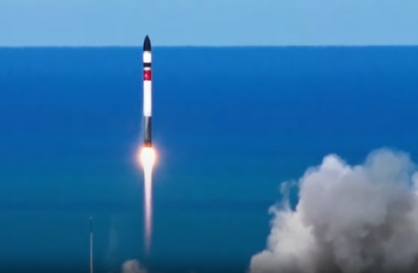

![[Herald Interview] 'Amid aging population, Korea to invite more young professionals from overseas'](http://res.heraldm.com/phpwas/restmb_idxmake.php?idx=644&simg=/content/image/2024/04/24/20240424050844_0.jpg&u=20240424200058)
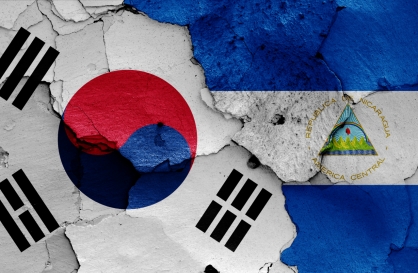
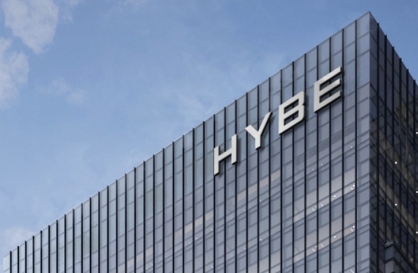
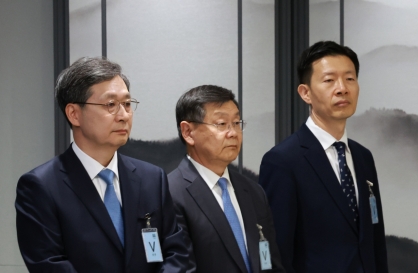
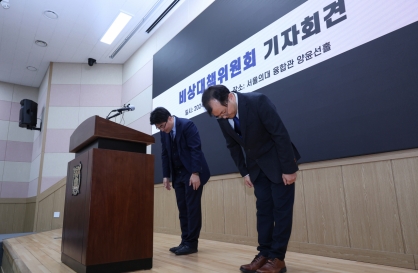
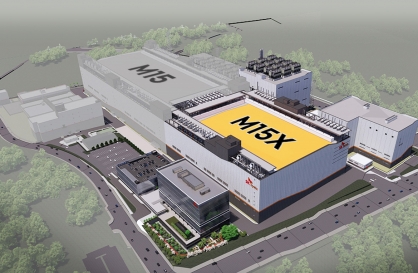
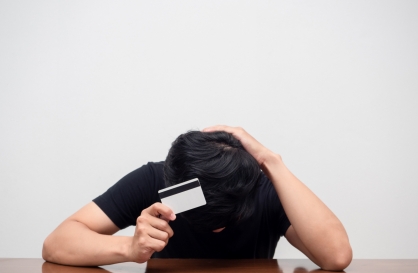


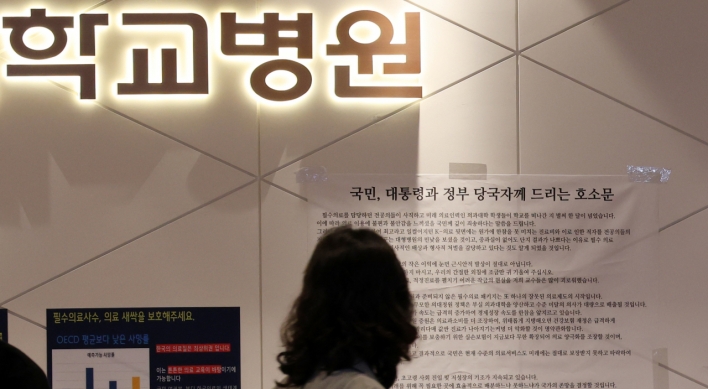


![[KH Explains] Korean shipbuilding stocks rally: Real growth or bubble?](http://res.heraldm.com/phpwas/restmb_idxmake.php?idx=652&simg=/content/image/2024/04/25/20240425050656_0.jpg&u=)

